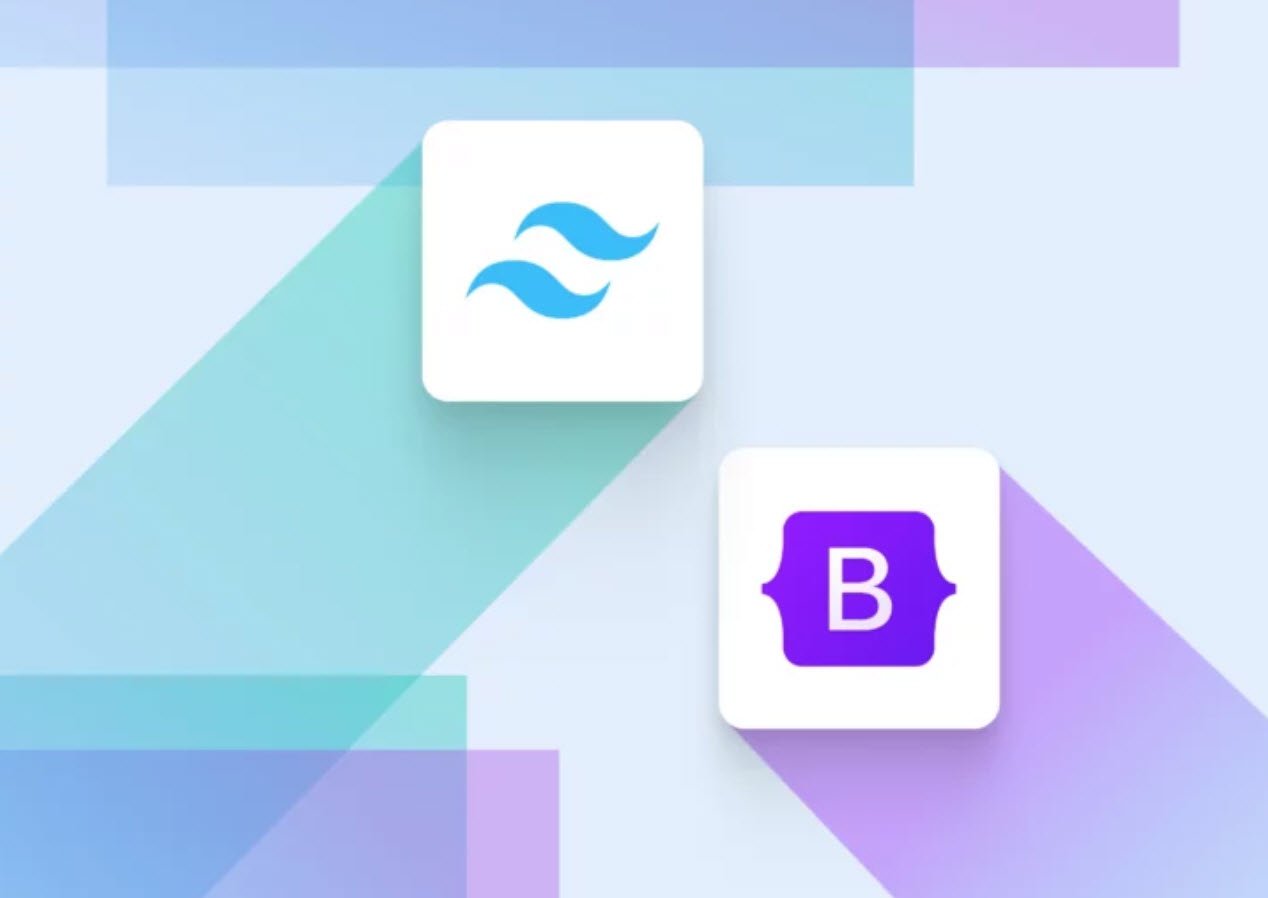
Although assembly language makes it unnecessary to write binary machine language instructions, it is not without difficulties. Assembly language is primarily a direct substitute for machine language, and like machine language, it requires that you know a lot about the CPU. Assembly language also requires that you write a large number of instructions for even the simplest program. Because assembly language is so close in nature to machine language, it is referred to as a low-level language.
Also Read: [Free Download] 200+ Python Books For Beginners and Experts (2022 Update)
In the 1950s, a new generation of programming languages known as high-level languages began to appear. A high-level language allows you to create powerful and complex programs without knowing how the CPU works, and without writing large numbers of low-level instructions. In addition, most high-level languages use words that are easy to understand.
For example, if a programmer were using COBOL (which was one of the early high-level languages created in the 1950s), he or she would write the following instruction to display the message Hello world on the computer screen:
DISPLAY “Hello world”
Python is a modern, high-level programming language. In Python you would display the message Hello world with the following instruction:
print ‘Hello world’
Doing the same thing in assembly language would require several instructions, and an intimate knowledge of how the CPU interacts with the computer’s output device. As you can see from this example, high-level languages allow programmers to concentrate on the tasks they want to perform with their programs rather than the details of how the CPU will execute those programs. Since the 1950s, thousands of high-level languages have been created.
Following is the list of some well-known languages:
- Ada – Ada was created in the 1970s, primarily for applications used by the U.S. Department of Defense. The language is named in honor of Countess Ada Lovelace, an influential and historic figure in the field of computing.
- BASIC – Beginners All-purpose Symbolic Instruction Code is a general-purpose language that was originally designed in the early 1960s to be simple enough for beginners to learn. Today, there are many different versions of BASIC.
- FORTRAN – FORmula TRANslator was the first high-level programming language. It was designed in the 1950s for performing complex mathematical calculations.
- COBOL – Common Business-Oriented Language was created in the 1950s, and was designed for business applications.
- Pascal – Pascal was created in 1970, and was originally designed for teaching programming. The language was named in honor of the mathematician, physicist, and philosopher Blaise Pascal.
- C and C++ – C and C++ (pronounced “c plus plus”) are powerful, general-purpose languages developed at Bell Laboratories. The C language was created in 1972 and the C++ language was created in 1983.
- C# – Pronounced “c sharp.” This language was created by Microsoft around the year 2000 for developing applications based on the Microsoft .NET platform.
- Java – Java was created by Sun Microsystems in the early 1990s. It can be used to develop programs that run on a single computer or over the Internet from a web server.
- JavaScript – JavaScript, created in the 1990s, can be used in web pages. Despite its name, JavaScript is not related to Java.
- Python – Python, the language we use in this book, is a general-purpose language created in the early 1990s. It has become popular in business and academic applications.
- Ruby – Ruby is a general-purpose language that was created in the 1990s. It is increasingly becoming a popular language for programs that run on web servers.
- Visual Basic – Visual Basic (commonly known as VB) is a Microsoft programming language and software development environment that allows programmers to create Windows based applications quickly. VB was originally created in the early 1990s.
- Top 10 CSS Libraries for Your Next App
- How To Fix the Crowdstrike/BSOD Issue in Microsoft Windows
- MICROSOFT is Down Worldwide – Read Full Story
- Windows Showing Blue Screen Of Death Error? Here’s How You Can Fix It
- A Guide to SQL Operations: Selecting, Inserting, Updating, Deleting, Grouping, Ordering, Joining, and Using UNION
- Top 10 Most Common Software Vulnerabilities
- Essential Log Types for Effective SIEM Deployment
- How to Fix the VMware Workstation Error: “Unable to open kernel device ‘.\VMCIDev\VMX'”
- Top 3 Process Monitoring Tools for Malware Analysis
- CVE-2024-6387 – Critical OpenSSH Unauthenticated RCE Flaw ‘regreSSHion’ Exposes Millions of Linux Systems








